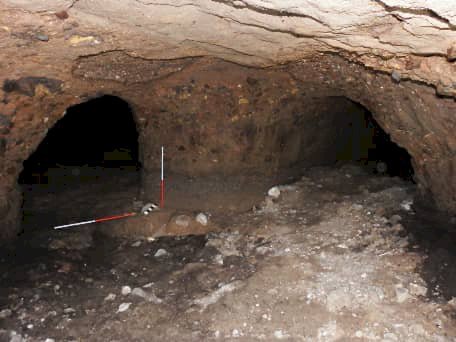INSUBCONTINENT EXCLUSIVE:
several cultural elements in an underground shelter in northern Gilan province, Iranian archaeologist Shahram Ramin said on Monday
meters in the heart of a hill with the east-west axis and is about 120 by 100 meters in size in a natural soil bed mostly made of sand that
used as defensive shelters in wartime, still boast lots of charms as destinations for domestic and foreign travelers.The handmade
troglodytic architecture is a distinctive method, which does not require major construction materials and consequently very low
environmental load since its creation is majorly by extraction of space rather than the addition of mass
The Architecture by subtraction rather than addition provides many opportunities that call for comprehensive research and analysis.As there
is no obligatory method in making spaces rather than material cohesion, there is no priority in constructing a troglodytic structure, either
from the roof or from the floor
Dealing with stone blocks, rocks, and piles of the earth requires a variety of tools such as an ax, hammer, chisel, and sledgehammer to
shape the interior space.Based on the academic findings, the creation of handmade troglodytic architectural sites depends on several factors
including climatic and geographical conditions, defense, security, durability, and religion, which were deeply tied with the cultural,
political, social, and economic circumstances
This architecture can be classified into various formal types in terms of their external form, internal space, and function (religious,
tombs, residential, and shelter).In Iran, many magnificent cases of this architecture have taken place in different regions due to its
This unique architecture is at odds with the conventional settlement patterns and construction methods and is always can take advantage of

